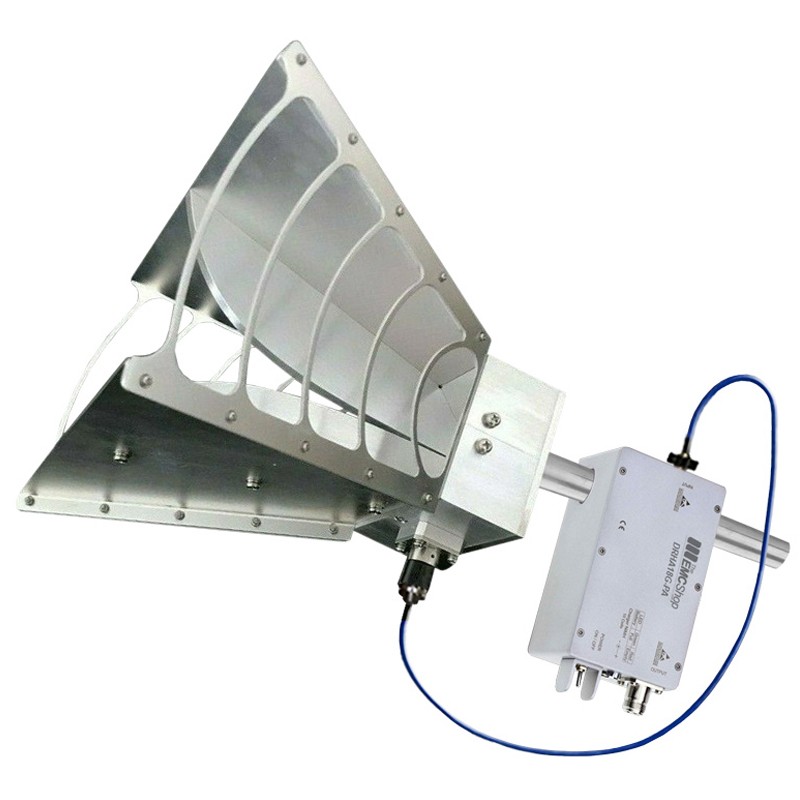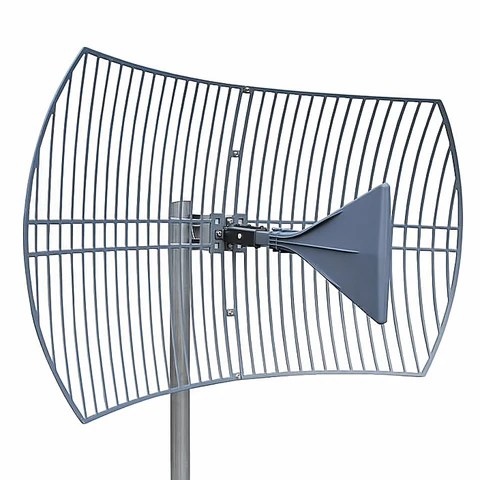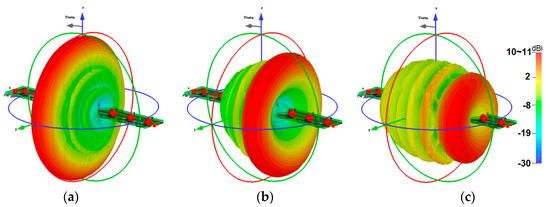4 Safety Protocols for Handling EMI Antennas
When handling EMI antennas, always wear anti-static gear to prevent discharge, maintain a minimum distance of 1 meter from other electronic devices to avoid interference, use grounded mats, and regularly inspect antennas for damage to ensure safe operation. Wear ESD Wrist Straps Last month, the C-band transponder of the Apstar 7 satellite suddenly experienced a […]
4 Safety Protocols for Handling EMI Antennas Read More »






